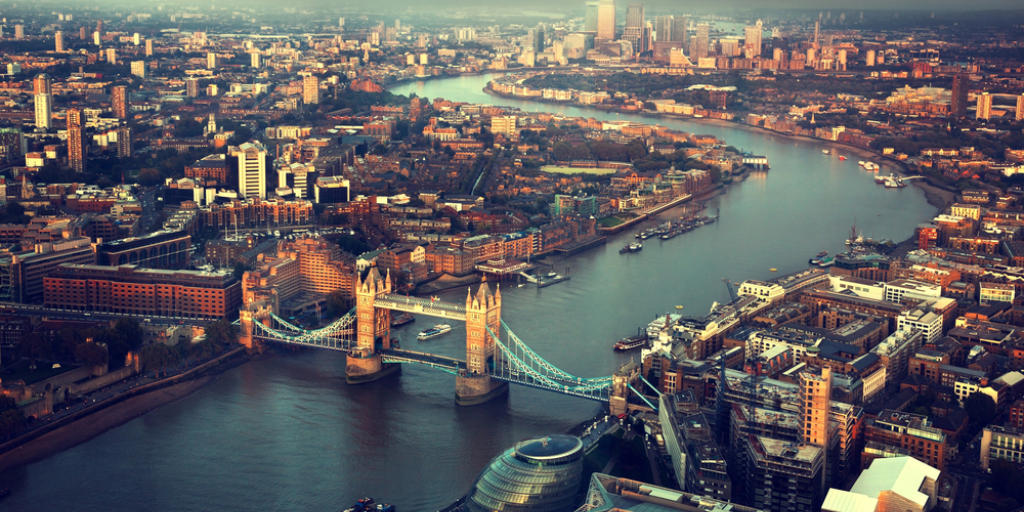Run through
Now I’m going to show you how to use the phrasal verb “run through.”
You hear the word “run,” and you probably think movement. But this doesn’t imply movement. To understand “run through,” I want you to think about things that are linear, things that are in a line—not necessarily a straight line, just a line.
A river is in a line. A railroad track is in a line. A road is in a line. The Great Wall of China is in a line.
When we talk about the area around a river, a border, or a road, the area around it, we use “run through.”
Let’s start with a river. The Seine runs through the center of Paris. When I say that, I mean that the surrounding area of the river—or at least this part of it—the surrounding area is the center of Paris. You can also say the Seine runs through France. That is also true. Zoom out a little bit and you’ll see that the river runs through the whole country.
During COVID lockdowns, we talked about border towns between the U.S. and Canada. Decades ago, the border was pretty relaxed. In fact, the border runs through several towns. The border is a line. And the area around it is a normal town. Often, when you think of country borders, you think of towns in one country, towns in another; you think maybe of a forest or a desert or a fence or something. But that’s not how it is between Quebec and the northeastern states of the U.S.
There are towns that are in both countries and the border runs through the town. The surrounding area is a whole town. Actually, in one place, the border runs through a public library. It’s the Haskell Library. The entrance is in the town of Derby Line, Vermont, but the main reading room is in Stanstead, Quebec. The border runs right through the building.
I used to live in the Midwest region of the U.S. In the Midwest, there are a lot of railroad tracks. It’s common to see railroad tracks run through a town. “The railroad tracks run through the town” means, the town surrounds the railroad tracks. The town is the area in which you see them.
There was recently a minor earthquake in New Jersey, the state next to New York. It was a magnitude 4.8—not strong by global standards, but it was the strongest in this area since the late 1700s.
And many residents were surprised to learn that a fault line runs through their area. A fault line is a division in the rocks below the surface. And it’s a line. And it runs through an area in New Jersey and Pennsylvania. That means the area around the fault line is those two states—but it’s not a very active fault line, so many people weren’t even aware of it.
See you next time!
There was just a total eclipse in North America. The “path of totality” is the area that experienced total darkness. And that was a line. It ran through Mexico, the middle of the U.S., and eastern Canada. Maybe we’ll talk about that next week—I wrote this lesson on eclipse day, so maybe next week we’ll do a topic on the eclipse.
But for now, that’s all we have—in audio form. If you want to continue to get involved in these lessons, take the quiz online at PlainEnglish.com/671. The quiz is open to all free members of Plain English. PlainEnglish.com/671.
We’ll be back next week with a new topic—maybe we’ll talk about the eclipse. Who knows. See you then and we’ll find out together.
Use realistic expressions like a native speaker

